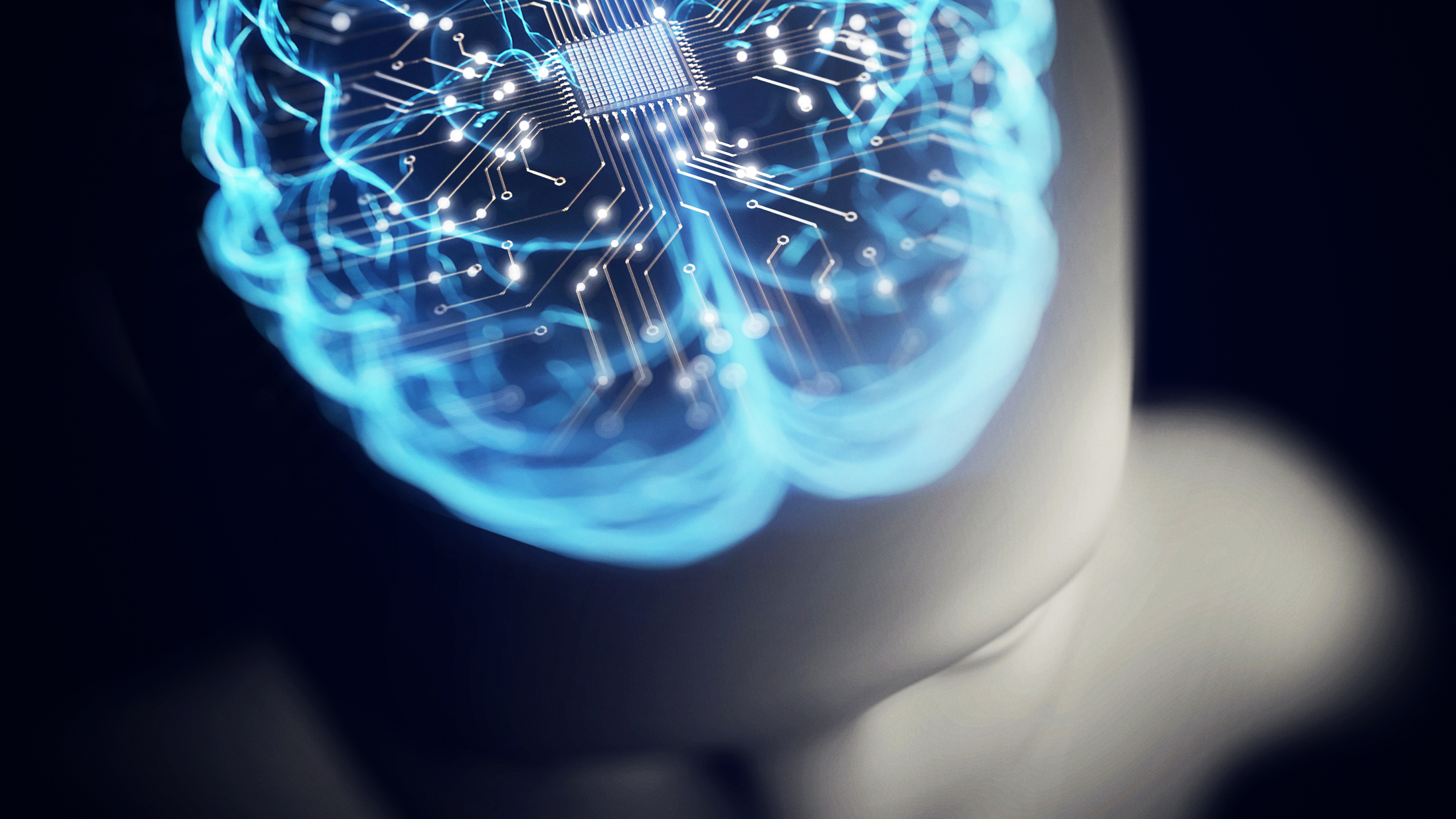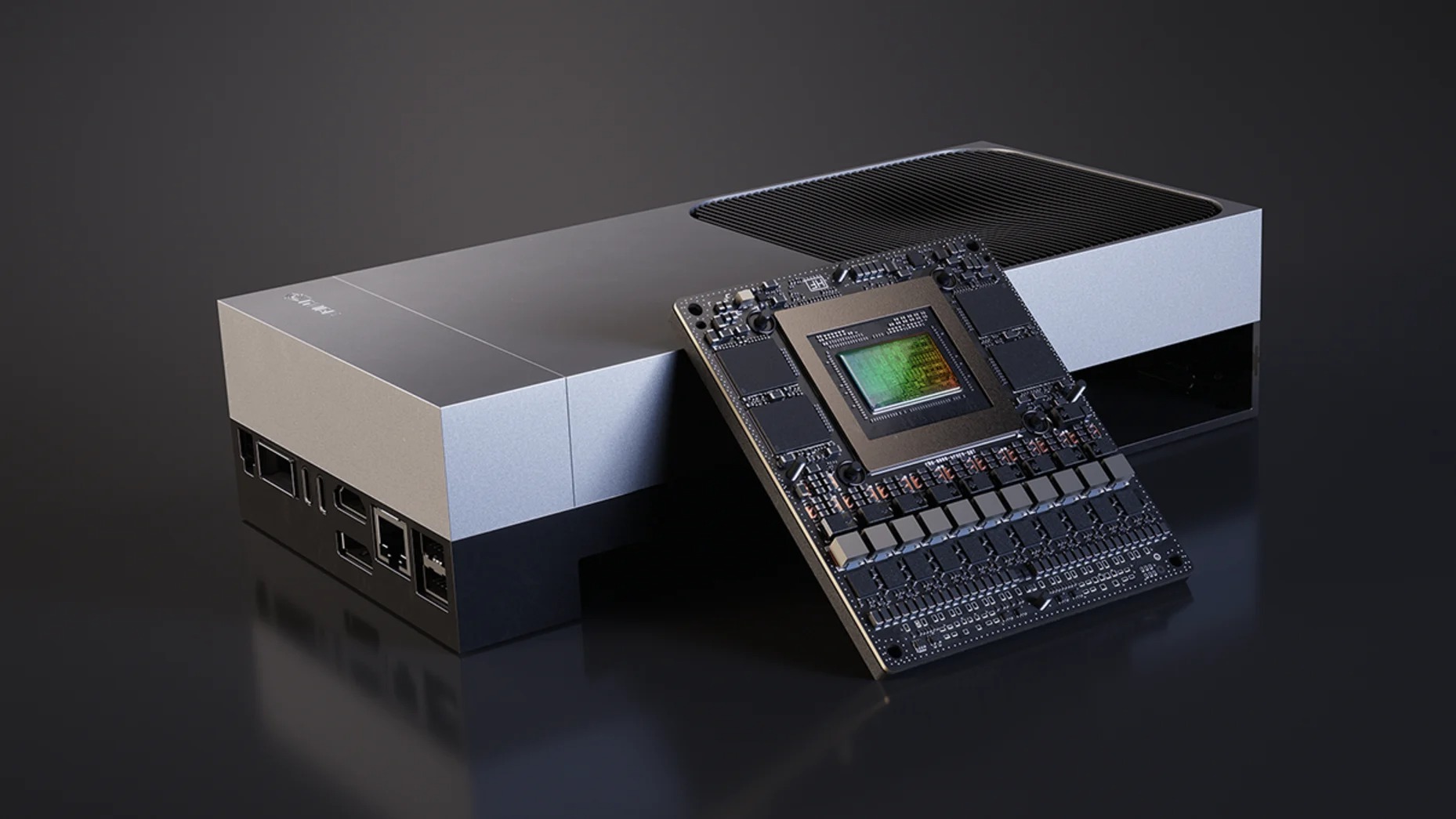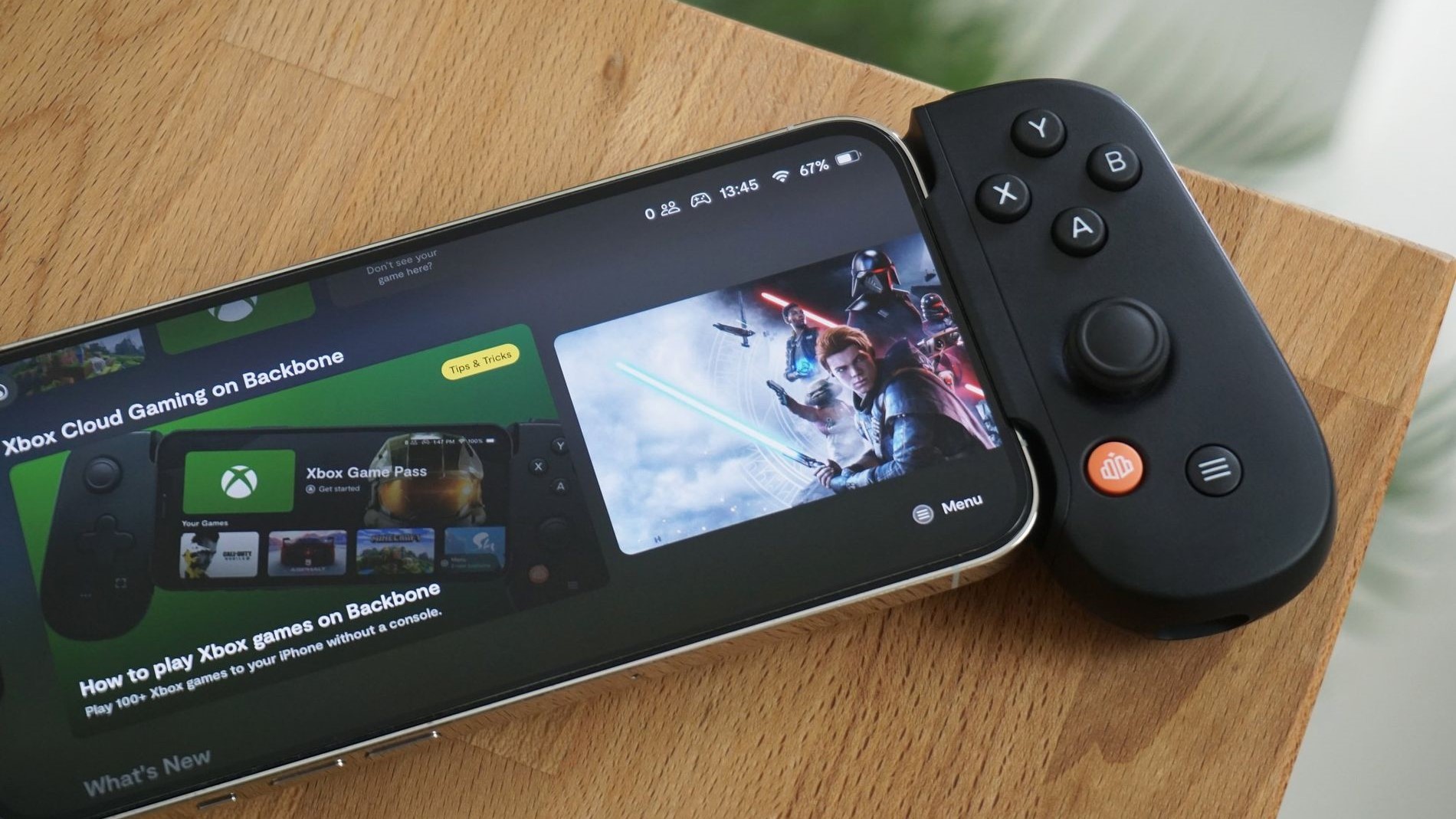NVIDIA just built a “brain” that can power humanoid robots and physical AI — and it only costs $3,499
From Boston Dynamics to John Deere, NVIDIA’s Jetson Thor is driving the next wave of robotics.

NVIDIA just announced a "robot brain" called Jetson AGX Thor. The device, referred to often as simply "Jetson Thor," can power robots across several industries, including agriculture, healthcare, logistics, manufacturing, and transportation.
While you may not have heard of physical AI or NVIDIA robotics stacks, you've likely seen clips of some devices powered by Jetson Thor's predecessors.
Amazon Robotics, Boston Dynamics, Caterpillar, and Meta are among the early adopters of Jetson Thor. John Deere and OpenAI are evaluating the physical AI capabilities of the "robot brain."
“We’ve built Jetson Thor for the millions of developers working on robotic systems that interact with and increasingly shape the physical world,” said NVIDIA CEO Jensen Huang.
“With unmatched performance and energy efficiency, and the ability to run multiple generative AI models at the edge, Jetson Thor is the ultimate supercomputer to drive the age of physical AI and general robotics.”
Jetson Thor is powered by an NVIDIA Blackwell GPU. The company's Blackwell architecture is used to create AI chips, such as the B30A AI chip. NVIDIA's consumer RTX graphics cards are also built on the Blackwell architecture.
Jetson Thor developer kits can be purchased now for $3,499.
All the latest news, reviews, and guides for Windows and Xbox diehards.

The performance leap delivered by Jetson Thor allows robots to perform tasks that previously required server-level compute power.
“The powerful edge processing offered by Jetson Thor will take Digit to the next level — enhancing its real-time responsiveness and expanding its abilities to a broader, more complex set of skills,” said CEO of Agility Robotics Peggy Johnson.
“With Jetson Thor, we can deliver the latest physical AI advancements to optimize operations across our customers’ warehouses and factories.”
Thanks to the on-device capabilities of robots powered by Jetson Thor, physical AI can take a "giant leap," according to NVIDIA.
What is physical AI?
The new robot brain from NVIDIA is designed to power physical AI tools. If you mention AI to many people in 2025, they'll likely think of a bot such as ChatGPT. To be fair, that is a form of AI that is used by millions of people each day, but it's only one type of AI.
According to NVIDIA CEO Jensen Huang, there are four waves of AI:
- Perception AI: Recognizing speech, identifying images, and similar tasks.
- Generative AI: Creating text and images — think ChatGPT, DALL-E, and Gemini.
- Agentic AI: Reasoning models performing tasks independently. Agentic AI is quite new. Microsoft recently teased that Windows will be agentic.
- Physical AI: Integrating AI with real-world devices, such as robots.
We're well into the second wave now and entering the first parts of the Agentic AI wave.
As you move from wave to wave, the computational demand increases drastically. Huang pointed out that Agentic AI requires 100-times more tokens and computational resources than initially anticipated.
Sebastian Scherer, an associate research professor at Carnegie Mellon's Robotics Institute, shared how advances in computing capabilities affect robotics:
"We can only do as much as the compute available allows. Years ago, there was a big disconnect between computer vision and robotics because computer vision workloads were too slow for real-time decision-making — but now, models and computing have gotten fast enough so robots can handle much more nuanced tasks.”
When you consider the demand for compute power, it makes sense why NVIDIA would need to make a device as powerful as Jetson Thor.
I'm far from a robot engineer, so please understand that I'm oversimplifying things quite a bit.
Physical AI lets devices such as robots and self-driving cars perceive the space around them and act accordingly.
Relatively speaking, it's not that difficult to create a robot or machine that can perform the same task repeatedly when conditions are identical. But the world does not often create identical circumstances.
Think of physical AI as a much more powerful robot vacuum. As the machine goes around your house and cleans, it will run into various surfaces, obstacles, and maybe even get stuck in a corner. That robot vacuum needs data to help direct its next steps.
NVIDIA's Jetson Thor can power surgical robots, smart tractors, and industrial manipulators (machines that require fine motor skills and positional awareness). Those devices run into far more complicated problems than identifying a carpet or hardwood floor.
In comes Jetson Thor, which delivers 7.5 times the compute power of Jetson Orin. To attach some more concrete numbers to the robot brain, Jetson Thor delivers up to 2070 FP4 Teraflops of AI compute and has 128GB of memory.
NVIDIA explained that Jetson Thor delivers "formerly server-level compute" on-device. That means a lot more compute power for devices like Boston Dynamics' Atlas robot.

Sean Endicott is a news writer and apps editor for Windows Central with 11+ years of experience. A Nottingham Trent journalism graduate, Sean has covered the industry’s arc from the Lumia era to the launch of Windows 11 and generative AI. Having started at Thrifter, he uses his expertise in price tracking to help readers find genuine hardware value.
Beyond tech news, Sean is a UK sports media pioneer. In 2017, he became one of the first to stream via smartphone and is an expert in AP Capture systems. A tech-forward coach, he was named 2024 BAFA Youth Coach of the Year. He is focused on using technology—from AI to Clipchamp—to gain a practical edge.
You must confirm your public display name before commenting
Please logout and then login again, you will then be prompted to enter your display name.


